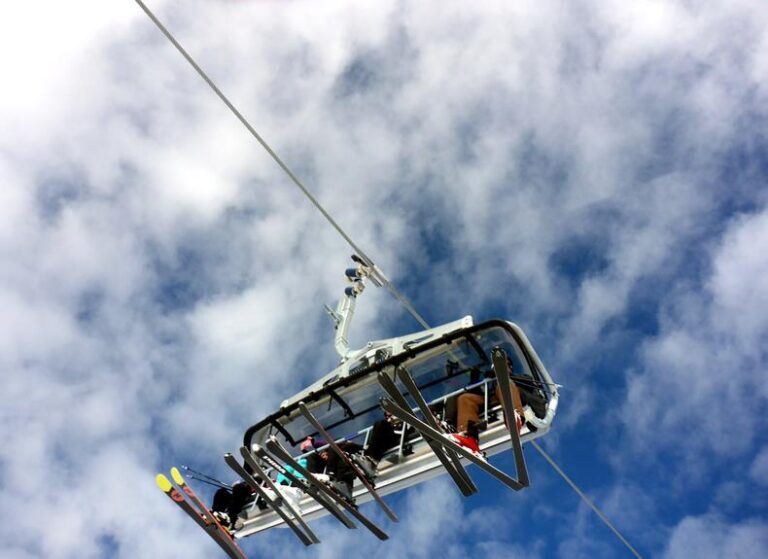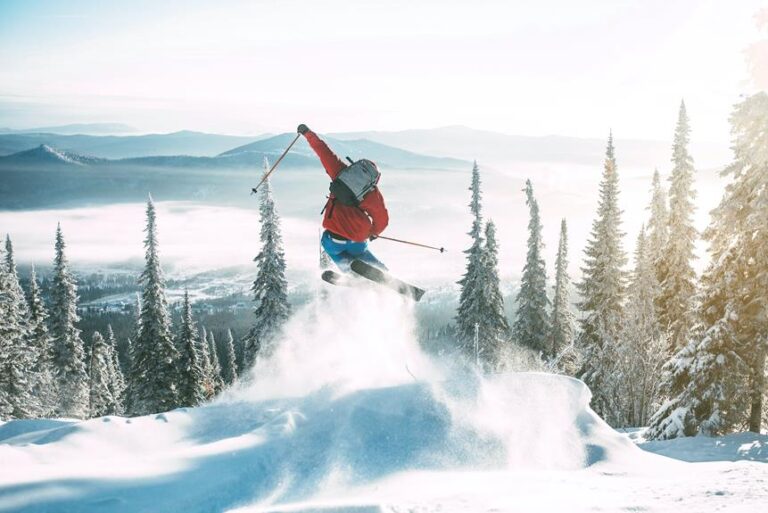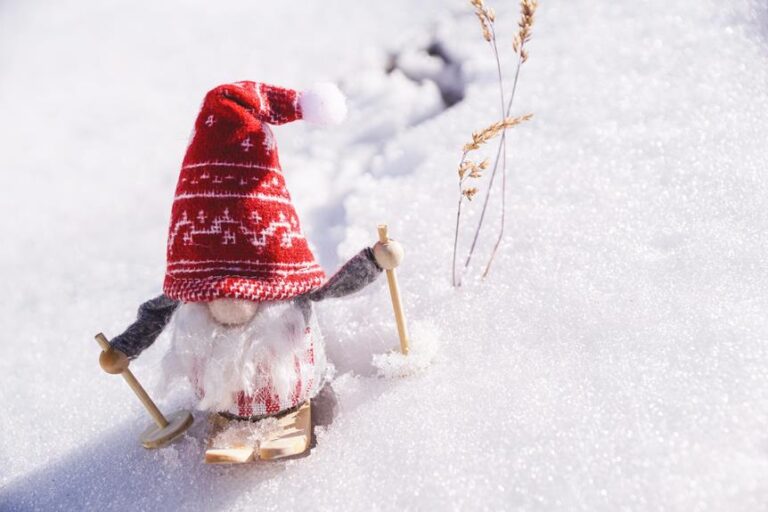How to Go From Snow Plough to Parallel Skiing – Expert’s Choice!
Are you tired of sticking to the snow plough technique and yearning to glide effortlessly in parallel down the slopes? Transitioning from a snow plough to parallel skiing may seem like a daunting task, but fear not!
There are proven methods and techniques that can help you make the switch and improve your skiing skills. In this discussion, we will explore the key techniques, drills, and exercises that will guide you on the path to mastering parallel skiing.
So, if you're ready to take your skiing to the next level and experience the thrill of parallel turns, continue reading to discover the secrets of this exhilarating technique.
Mastering the Snow Plough Technique
To master the Snow Plough Technique, start by positioning your skis in a V shape with the tips together and the tails apart. This technique, also known as the wedge or snowplow, is essential for beginners to learn before progressing to parallel skiing. The snow plough allows you to control your speed and make controlled turns as you navigate down the hill.
As you begin your descent, remember to keep your body weight centered and slightly forward. This will help you maintain balance and control throughout the turns. To initiate a turn, shift your weight onto the downhill ski and apply gentle pressure. This will cause the ski to dig into the snow, creating a braking effect and allowing you to control your speed.
To make turns, simply shift your weight to the opposite ski and repeat the process. For turns to the right, shift your weight onto your left ski, and vice versa. Remember to keep your body facing downhill and your arms relaxed, allowing for smooth and fluid movements.
As you gain confidence and control with the snow plough technique, you can start to gradually bring your skis parallel during the turns. This will eventually lead you to the next step of parallel skiing. But for now, focus on mastering the snow plough and building a solid foundation for your skiing skills.
Transitioning to Parallel Skiing
Now that you have mastered the snow plough technique, it's time to take your skiing skills to the next level. Transitioning to parallel skiing will allow you to make smoother turns and gain more control over your skis. Here are some key tips to help you make the transition:
- Position your skis: Ensure that your skis are parallel to one another. This will provide a stable base for your turns and help maintain balance.
- Weight distribution: Shift your weight to your downhill ski. By doing so, you'll initiate the turn and maintain control throughout.
- Upper body alignment: Keep your upper body facing downhill, in the direction you want to go. This will help maintain stability and allow for smoother turns.
- Pole plant: Utilize your poles to aid in balance and timing. Plant your pole in the snow as you initiate the turn, helping guide your movements and maintain control.
Key Techniques for Parallel Skiing
To achieve parallel skiing, you need to master a few key techniques that will improve your control and maneuverability on the slopes. One of the most important techniques is making parallel turns.
This means keeping your skis parallel to each other throughout the turn, instead of using the snow plough position. To do this, you need to shift your body weight onto the downhill ski and keep your upper body still. By doing so, you'll be able to maintain your balance and control, especially on steeper terrain.
When initiating a parallel turn, it's crucial to transfer your weight onto the downhill ski. This will allow you to carve the turn smoothly and effectively. As you start the turn, focus on keeping your skis parallel and your upper body facing downhill. By doing this, you'll be able to maintain the proper balance against the outside ski and control your speed.
Building Confidence in Parallel Turns
Mastering the key techniques for parallel skiing, such as making parallel turns, sets the foundation for building confidence in your abilities on the slopes.
Here are some tips to help you feel more confident and improve your parallel turning skills:
- Practice on shallow slopes: Start by practicing wide track parallel skiing on gentle slopes. This will help you build confidence and control before moving on to steeper terrain.
- Experiment with situational stem turns: If you're struggling to get your skis parallel in linked turns, try incorporating situational stem turns. This method can help you progress towards parallel skiing on steeper terrain.
- Add a traverse between turns: If you're having difficulty with linked parallel turns, try adding a traverse between each turn. This will give you extra time to balance and align your skis, making it easier to keep them parallel.
- Focus on directing both skis simultaneously: When making parallel turns, focus on using both legs to steer and control your speed. Remember to balance primarily through the outside foot for smooth and controlled turns.
To build confidence in parallel skiing, start practicing these techniques within your comfort zone. If you need additional guidance, consider taking ski lessons with experienced ski instructors at your local ski resort. With practice and proper instruction, you'll soon be skiing confidently in parallel turns.
Advanced Tips for Perfecting Parallel Skiing
To further enhance your parallel skiing skills, consider implementing these advanced techniques.
When linking turns, focus on using less energy by allowing the natural flow of your movements. Instead of lifting your skis off the snow, keep them in constant contact with the surface. This will help you maintain better control and conserve energy throughout your runs.
To achieve this, it's important to learn to ski with your lower body. Shift your weight onto your edges, particularly the big toe edge, as you initiate each turn. This will help you carve smoothly and efficiently.
When skiing on blue runs or flatter slopes, it becomes even more crucial to rely on your lower body and edge control. By using your legs and hips to steer and guide your skis, you can maintain your speed and stay in control without relying on excessive upper body movements.
As you progress, focus on maintaining a strong core and stable upper body position. This will allow for better balance and agility, enabling you to adapt to changing terrain and conditions.
Frequently Asked Questions
How Do You Transition From Snow Plough to Parallel Skiing?
To transition from snow plough to parallel skiing, focus on proper body positioning, weight distribution, and skiing drills. Step up the difficulty gradually, build confidence, improve turning techniques, and practice on steeper slopes. Work on carving skills and using your edges effectively to progress to parallel turns.
How Do I Get More Parallel When Skiing?
To get more parallel when skiing, focus on improving your technique and finding balance on your skis. Avoid common mistakes by practicing proper body positioning and doing exercises that strengthen your skiing skills. Build confidence and smooth transitions with skiing drills and a progressive approach.
How to Go From Snow Plough to Parallel Skiing Reddit?
To go from snow plough to parallel skiing, focus on improving your skiing techniques and progressing through various skiing drills and exercises. Get tips and advice on skiing fundamentals, stance, and body positioning for beginners.
How Do You Stop Snow Plowing When Skiing?
To stop snow plowing while skiing, focus on gradually reducing the angle of your skis and practice making round turns. Work on balancing on the outside ski and gradually bringing the inside ski parallel.
Conclusion
In conclusion, transitioning from the snow plough to parallel skiing requires practice, patience, and the right techniques. By mastering the snow plough technique and utilizing methods like wide track parallel and situational stem turns, you can gradually progress towards parallel skiing.
It's important to focus on balance and take the time to practice drills and exercises to improve your skills. Remember to always seek guidance from a qualified ski instructor to ensure safety and proper technique.






